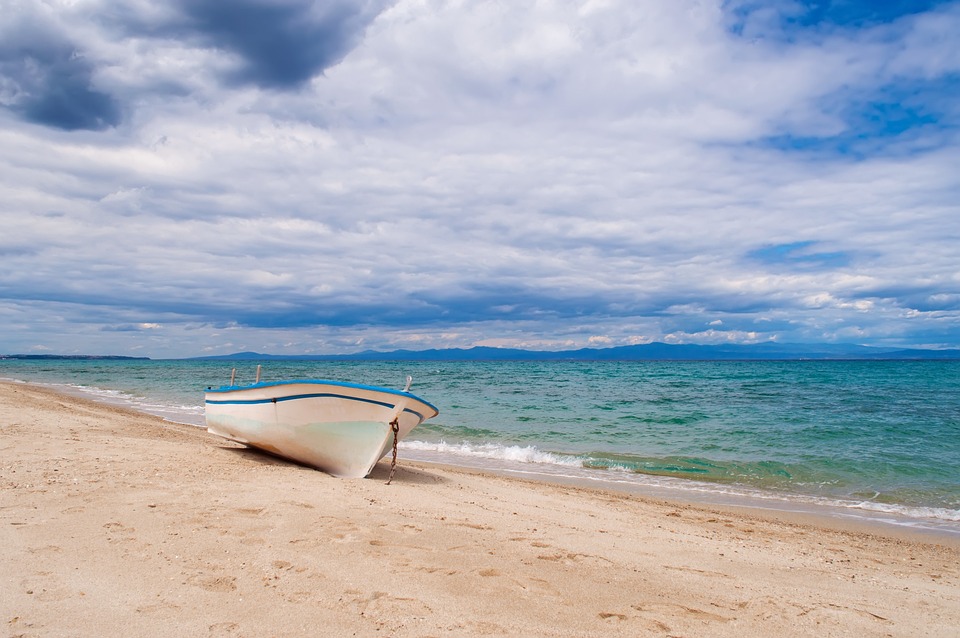What Is the Climate of Honduras? Understanding the Weather Patterns of Central America’s Tropical Gem
Honduras, located in Central America, is characterized by diverse landscapes that include coastal areas, mountainous regions, and lush rainforests. Its tropical climate features warm temperatures year-round, with distinct wet and dry seasons that significantly influence the country’s weather patterns and ecological systems.
General Climate Characteristics of Honduras
– Tropical Climate: Honduras predominantly experiences a tropical climate, particularly in its coastal and lowland areas. Average temperatures typically range from 75°F to 90°F (24°C to 32°C), with minimal seasonal variation in temperature but significant differences in precipitation.
– Seasonal Variation: The primary seasonal distinction in Honduras is between the wet season (May to October) and the dry season (November to April). This variation affects agricultural practices, tourism, and daily life across the country.
Climate Zones in Honduras
Honduras features several distinct climate zones:
– Lowland Coastal Areas: These regions are hot and humid, with temperatures averaging between 75°F and 90°F (24°C to 32°C). The Caribbean coast experiences high humidity and significant rainfall throughout the year.
– Mountainous Regions: In contrast, highland areas such as Tegucigalpa and La Esperanza see cooler temperatures ranging from 60°F to 75°F (16°C to 24°C). These regions experience more pronounced seasonal temperature variations.
– Rainforests and the Mosquito Coast: The northeastern lowlands are characterized by consistently high humidity and rainfall, supporting dense tropical rainforests that receive substantial precipitation year-round.
Seasonal Weather Patterns in Honduras
– Wet Season (May to October): During this period, Honduras receives the majority of its annual rainfall, particularly in northern and eastern regions. Heavy downpours and tropical storms are common, impacting agriculture and infrastructure.
– Dry Season (November to April): This season brings drier and sunnier weather, especially in central and southern parts of the country. It is considered the ideal time for tourism and outdoor activities.
– Caribbean Coast Rainfall Variation: The northern coastal areas experience more consistent rainfall due to Caribbean influences, with peak rains occurring during the wet season while other regions may have drier spells.
Impact of Climate on Agriculture and Lifestyle
– Agricultural Seasons: The rainy season is crucial for crop cultivation, supporting essential crops like coffee, bananas, and corn. These crops are vital for both local consumption and export.
– Tourism Considerations: The dry season attracts more tourists due to favorable weather conditions. Conversely, the rainy season can disrupt travel plans due to flooding or storm-related damage.
– Local Adaptations to Climate: Residents adapt their housing, clothing, and daily routines to cope with warm and humid conditions throughout the year.
Climate Challenges Facing Honduras
– Hurricanes and Tropical Storms: Honduras is vulnerable to hurricanes that can cause devastating floods and landslides, particularly in coastal areas. Notable hurricanes like Mitch in 1998 had catastrophic impacts on infrastructure and agriculture.
– Droughts in Southern Regions: Periodic droughts affect water resources and agricultural productivity, particularly in southern regions known as the Dry Corridor.
– Climate Change Impacts: Rising temperatures and unpredictable rainfall patterns threaten agriculture, water supplies, and overall resilience. Projections indicate increased frequency of extreme weather events such as heavy rainfall leading to floods or prolonged droughts affecting food security.
FAQs
– What is the average temperature in Honduras year-round? Average temperatures typically range from 75°F to 90°F (24°C to 32°C), depending on the region.
– When is the rainy season in Honduras? The rainy season lasts from May to October.
– Does it get cold in the mountains of Honduras? Yes, mountainous areas can experience cooler temperatures ranging from 60°F to 75°F (16°C to 24°C).
– What areas in Honduras receive the most rainfall? The northeastern lowlands and northern coastal areas receive the highest amounts of rainfall throughout the year.
– How often do hurricanes affect Honduras? Hurricanes can occur frequently during the Atlantic hurricane season from June to November; however, their impacts vary by year.
– What crops are most affected by climate in Honduras? Staple crops like maize and beans are highly sensitive to changes in rainfall patterns and temperatures.
– How is climate change impacting Honduras’s weather patterns? Climate change is leading to increased temperatures, altered precipitation patterns, more frequent extreme weather events, and challenges for agriculture and water resources.
Conclusion
Honduras’s tropical climate plays a pivotal role in shaping its ecosystems, agricultural practices, and lifestyle. Understanding these climatic conditions is essential for addressing challenges such as climate change impacts while promoting conservation efforts that protect this biodiverse region.

Kyle Whyte is a notable scholar and professor at the University of Michigan, holding positions such as the George Willis Pack Professor in the School for Environment and Sustainability and Professor of Philosophy. Specializing in environmental justice, his work critically examines climate policy and Indigenous peoples’ ethics, emphasizing the nexus between cooperative scientific endeavors and Indigenous justice. As an enrolled Citizen Potawatomi Nation member, he brings a vital perspective to his roles as a U.S. Science Envoy and member of the White House Environmental Justice Advisory Council. His influential research is supported by various prestigious organizations including the National Science Foundation, and disseminated through publications in high-impact journals. Kyle actively contributes to global Indigenous research methodologies and education, with affiliations to numerous institutes and societies dedicated to traditional knowledge and sustainability. Recognized for his academic and community engagement, Kyle has earned multiple awards and served in various visiting professorships. His efforts extend to leadership positions on boards and committees focused on environmental justice nationwide.
